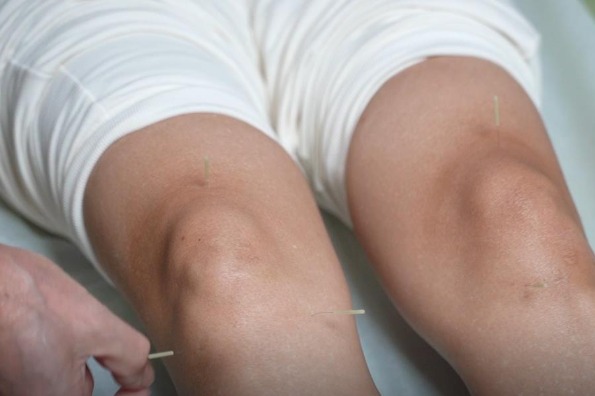Anshun Herbal Valley gives traditional Chinese medicine the glow of fresh possibility


Modern industry
Since ancient times, Guizhou has enjoyed a reputation for producing high-quality traditional Chinese medicinal ingredients, and in recent years, the province has vigorously sought to develop a number of traditional medicinal brands.
According to the Fourth National Survey of Traditional Chinese Medicine Resources in Guizhou, as of the end of 2020, the province was growing 2.06 million tons of ingredients worth 22.4 billion yuan on an area of 7.11 million mu (474,000 hectares). The industry has helped 85,000 impoverished households and 255,000 people to increase their incomes.
In many ways, the development of Anshun Herbal Valley is a microcosm of the continuous reinvention of Guizhou's traditional Chinese medicine industry. The prosperity of the primary industry promotes the development of tertiary industries, demonstrating that traditional industries constantly present new possibility in China.
On summer solstice, at around four in the afternoon, a group of women from nearby villages walked down the mountain road carrying tea baskets. Employed by Ren, they had just finished their day's work.
As they rested in front of a store selling food made from the ingredients they had just been picking, chatting in the local dialect, they laughed from time to time, while in the distance, the valley's green mountains were covered in crops that would soon find their way into traditional Chinese medicines used all over the country.
Huang Sinan from Tsinghua University contributed to this story.




